Most church services have pretty similar content. And within a denomination or style of church, services tend to be even more the same. Pentecostal, contemplative, Brethren and teaching meetings are generally pretty much the same each week.
Is this a good thing? Why not offer all sorts of different ways of meeting and worshiping?
Here’s one church that does just that.
Central Church, Port Kembla
Central Church is located in Port Kembla, a semi industrial beachside suburb of Wollongong, a city just south of Sydney, Australia. The church began 27 years ago as a charismatic church plant but has evolved since then.
The church has several distictive features, but perhaps the most innovative and interesting is the diversity of its meetings. Within any given month, there are 5 different styles of meetings.
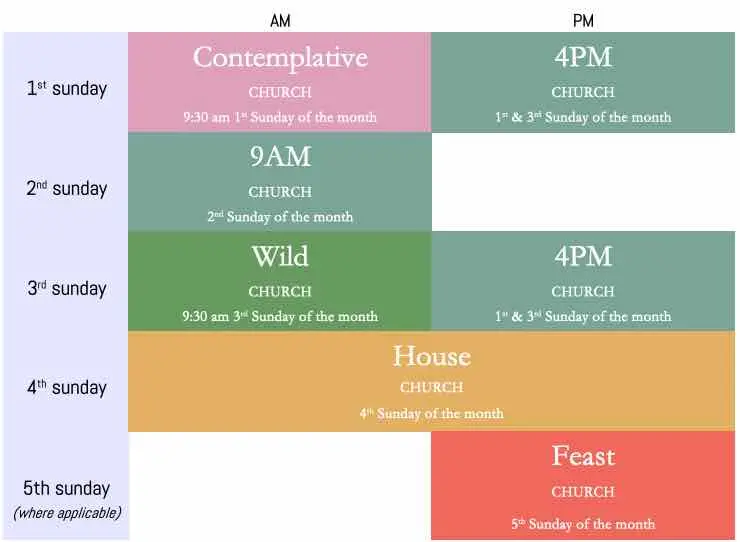
Contemplative
The aim of this monthly gathering is to “explore the full spectrum of Christian spiritual practice in order that we might have a rich and deep practice of faith that sustains us in our everyday lives”.
Common elements are confession, spiritual practice, eucharist (communion) and coffee.
Each month the focus is on a different spiritual practice, perhaps lectio divina, imaginative prayer, the examen, centering prayer, lament, or body prayer.
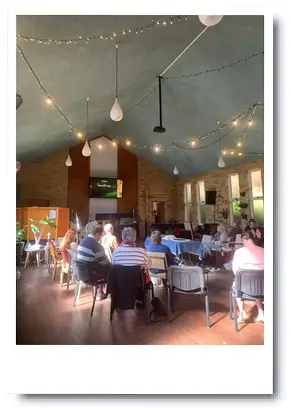
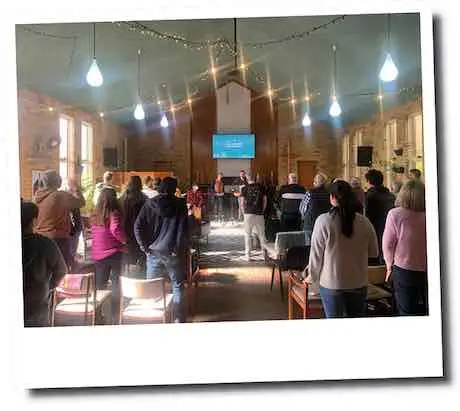
Regular church
Three times a month, this is pretty much what you’d expect: singing, prayer, communion and a talk. Perhaps a wider range of speakers and a more casual atmosphere than in many churches.
There are also children’s and youth programs.
Wild church
“Wild Church is a contemplative style gathering outdoors in the cathedral of God’s creation.”
Three different location are used (Botanic Gardens, beach and park) so each location is visited in each season. There are 5 main elements:
- a short liturgy,
- a time of silence and reflection,
- each person spends time separately in nature, using a content card with poems, prayers and quotes on a theme,
- sharing together what seemed important to each one,
- communion.
Children have a separate program that encourages them to interact with God and nature.
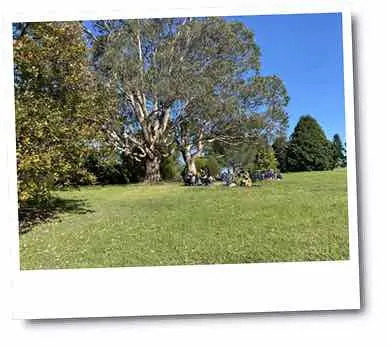
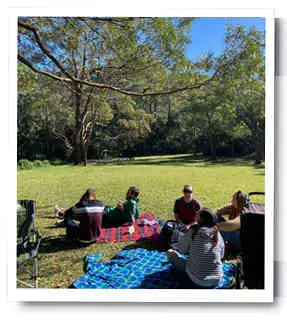
House church
There are many different house churches, meeting monthly.
The emphasis is on hospitality and belonging, mutual sharing, a relational space to question, wrestling/engaging with Scripture, and praying together.
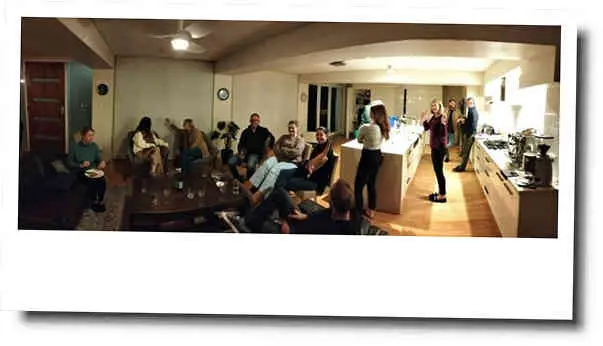
Feasts
Lots of food on a grazing table, and sharing each person’s stories.

The big picture
Central Church has an interesting set of values that underpin this varied program.
- They try to keep things simple and casual.
- They want it to be a safe place to question and explore questions of faith and life.
- People are welcome to come to the meetings of their choice and not feel obliged to attend everything.
- They respect and welcome First Nations people as the Traditional Custodians of the land that they live and meet on.
- They welcome people from all “cultural backgrounds, abilities, ages, gender identities, sexual orientations, economic circumstances, neurodivergence and relationship status”. They see every person as a unique expression of God’s image.
Much to learn
I think we can all learn from this church. People are different, they have different ways to approach God, different ways to express their faith, and different gifts. So one size doesn’t fit all when it comes to church meetings.
But widening our churches’ scope would require church leaders to learn new ways to do church meetings. Or better still, they would learn to train and empower others in the congregation to take on these roles, according to their gifts. This would require some significant re-thinking in many churches, and leaders learning some new skills.
May it happen!
Photos are from the Central Church website, and are used with permission.
Read more on this site
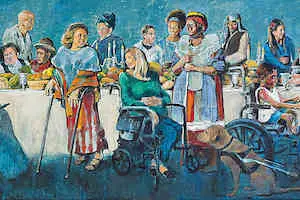
The church is losing ground in western societies. But what if we followed Jesus’ radical teachings about how to share him with others?

The Underground in Tampa Florida
An amazing church built around the mission of serving the different sub-communities around them.

Don’t plant a church, plant a mission
Planting a new church can be better than growing a large church, but planting a mission may be better still.
